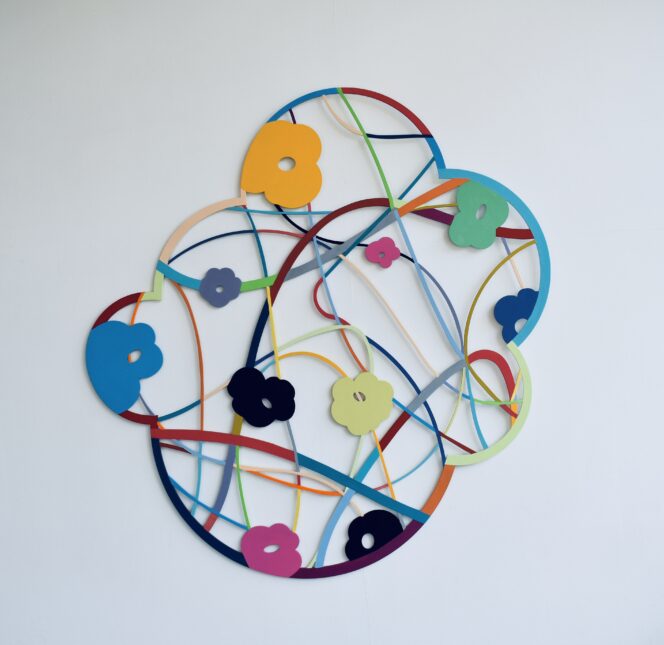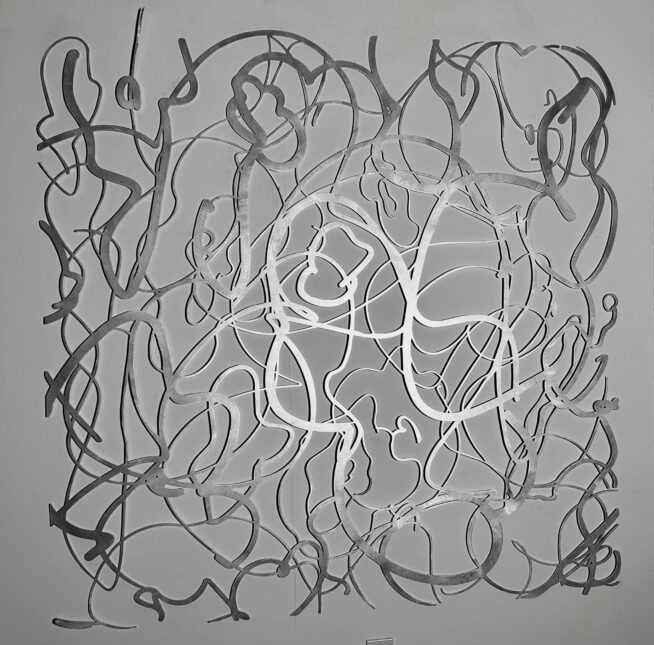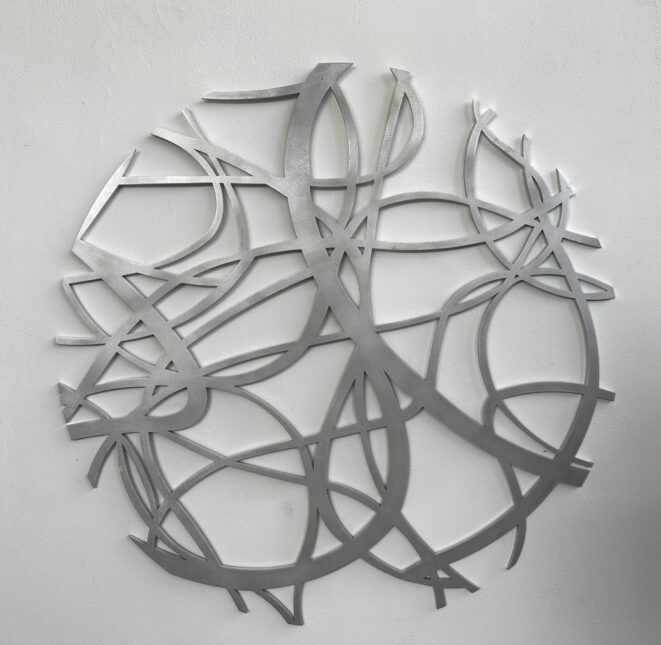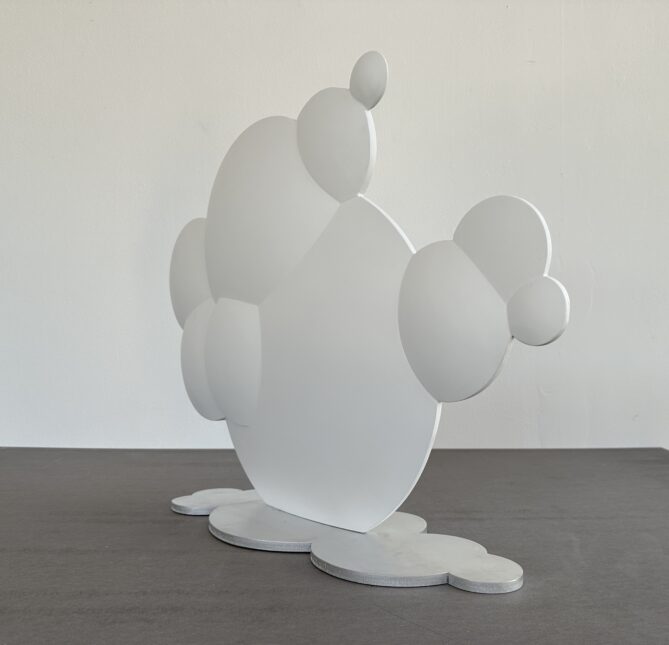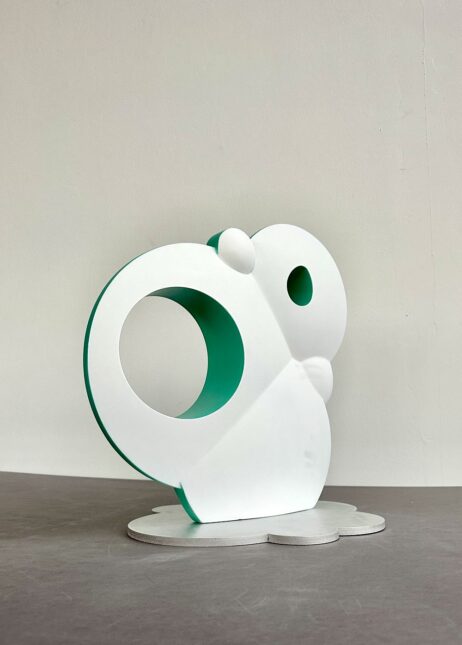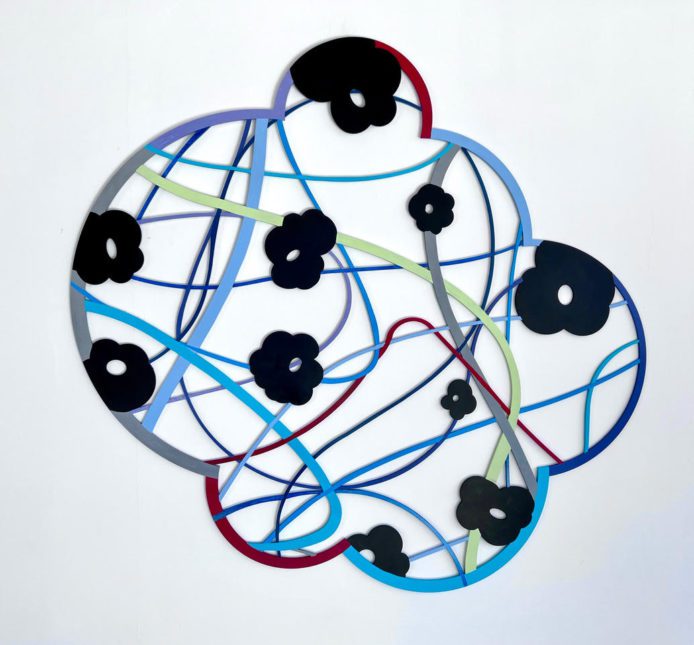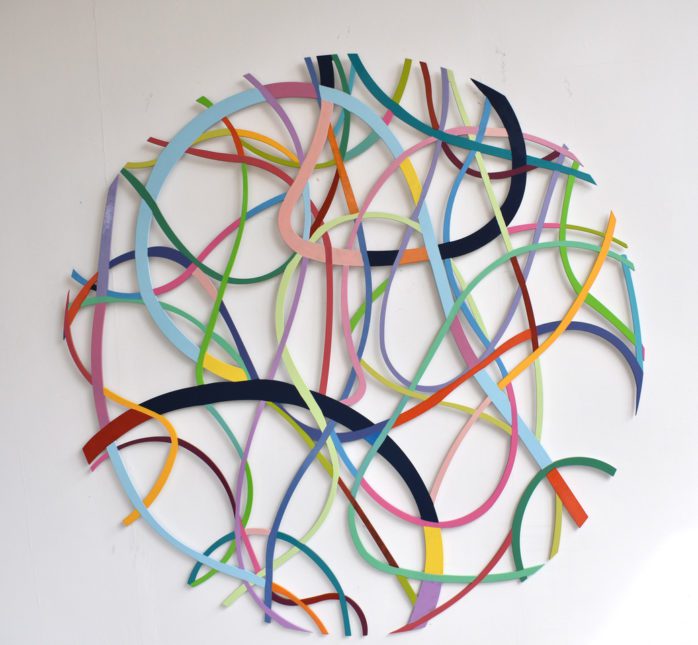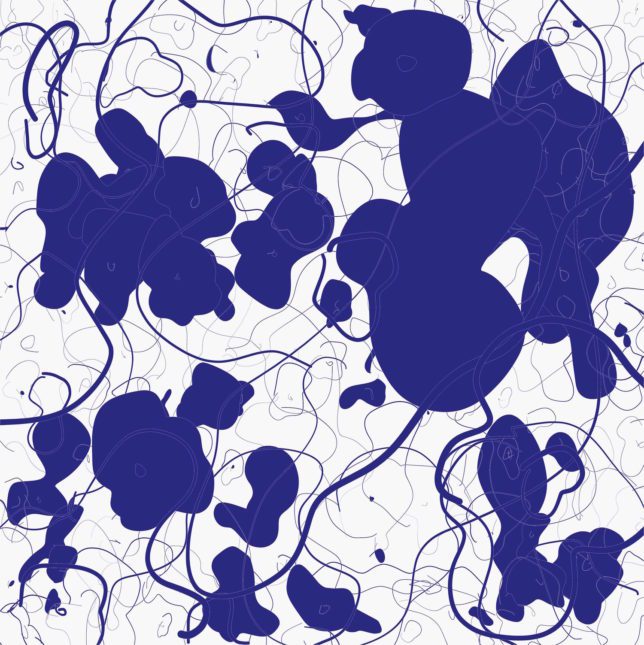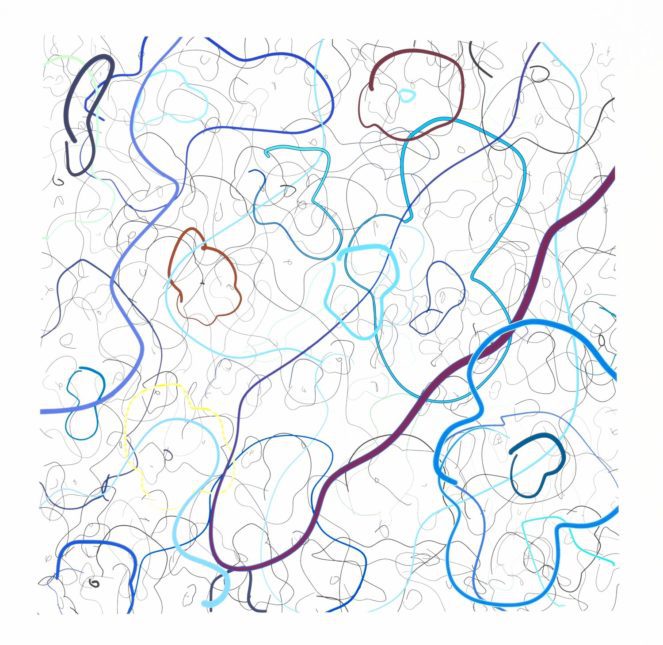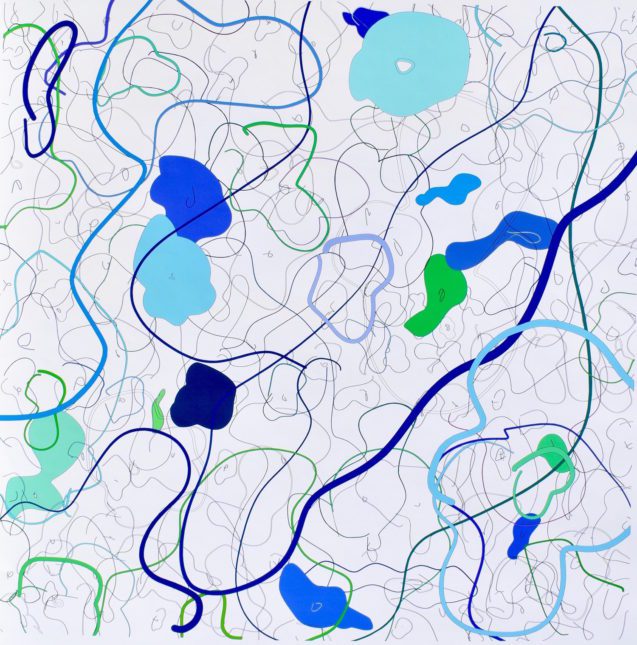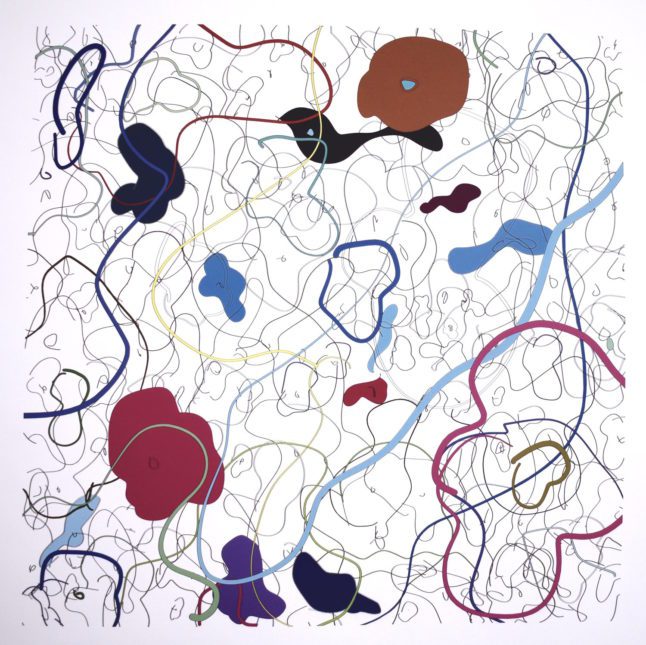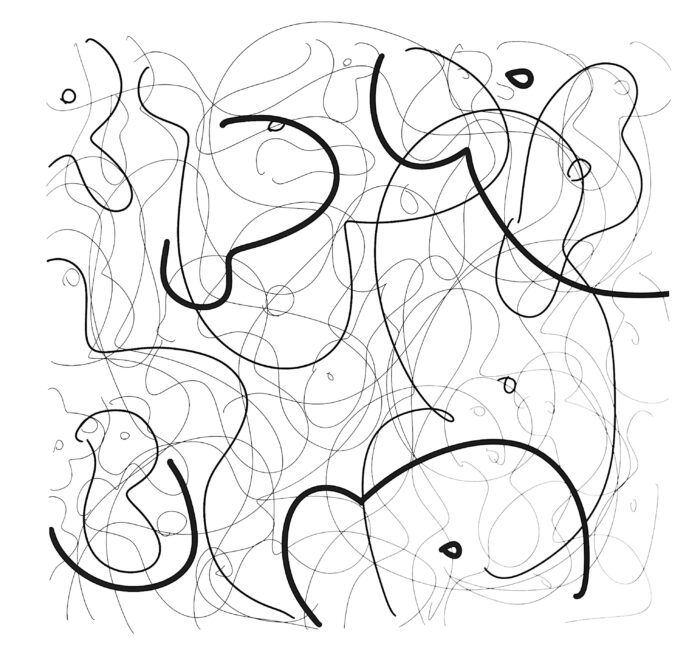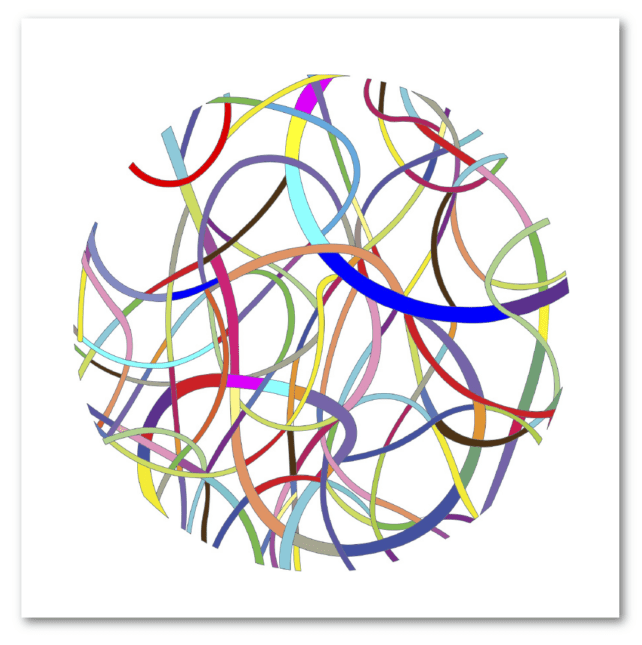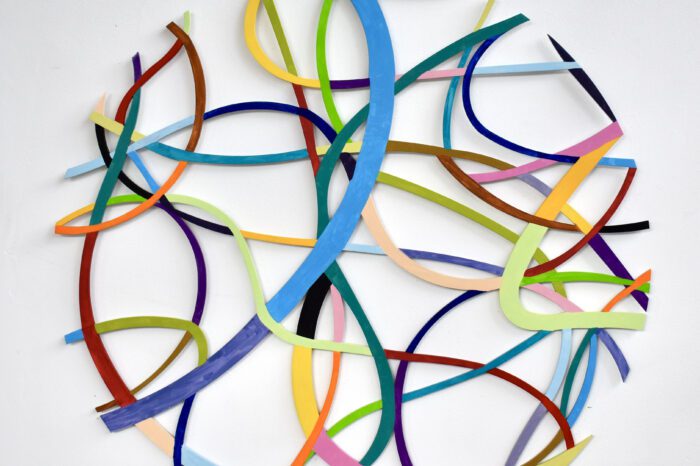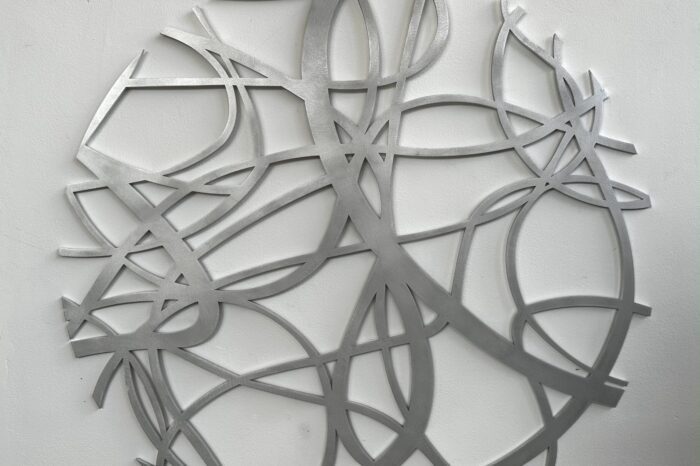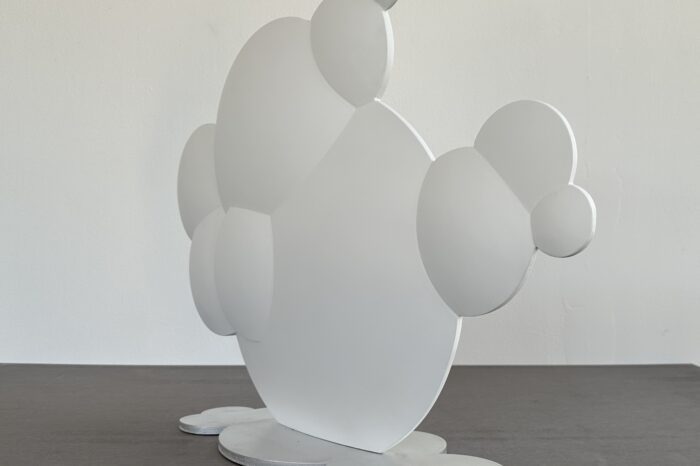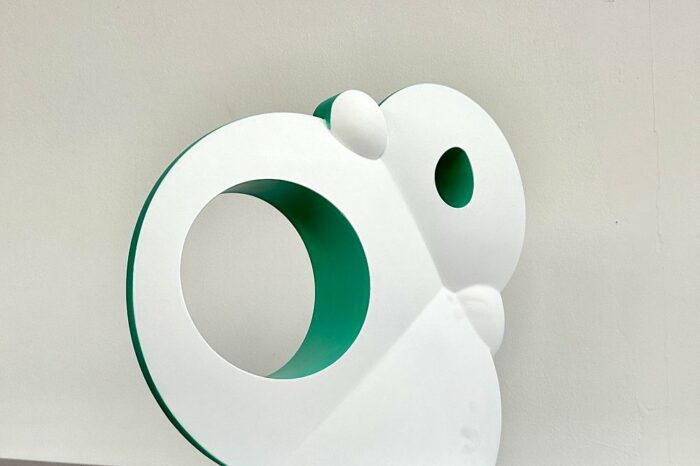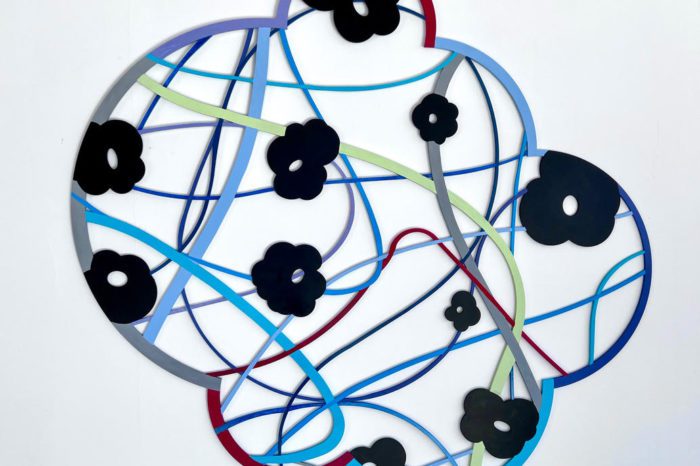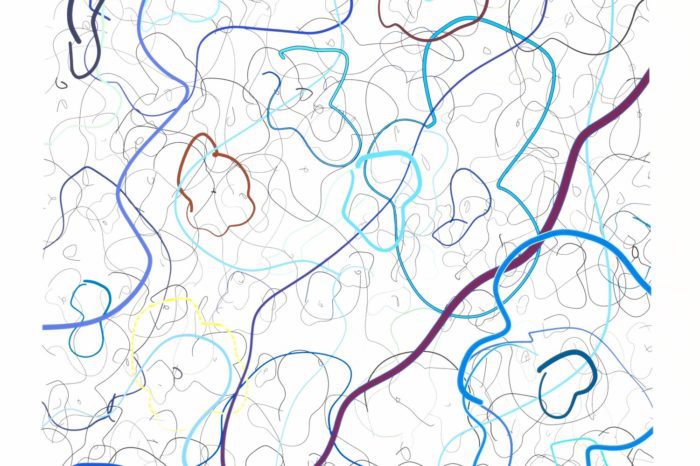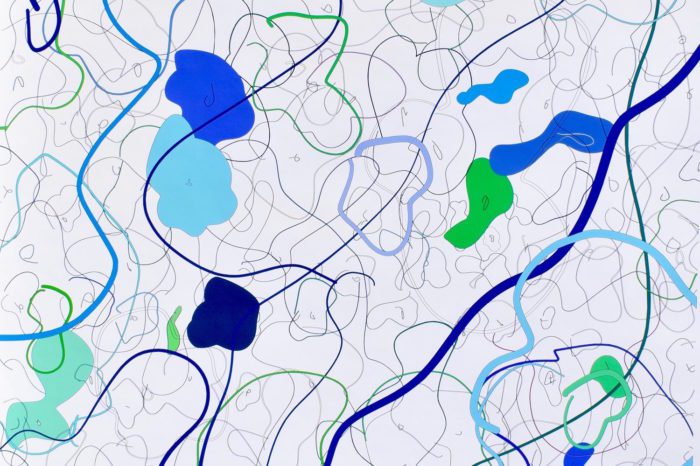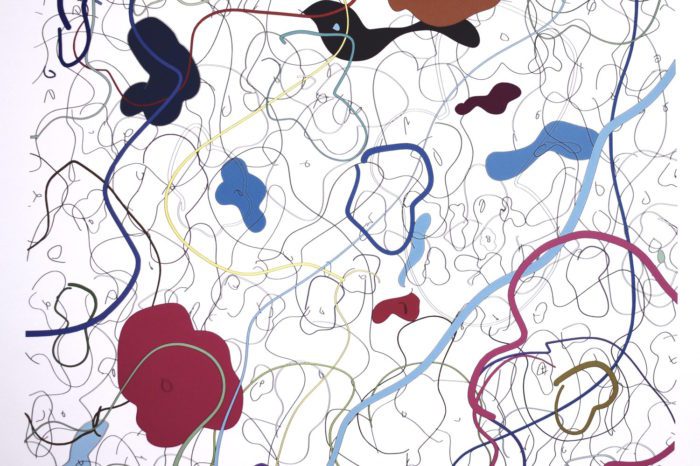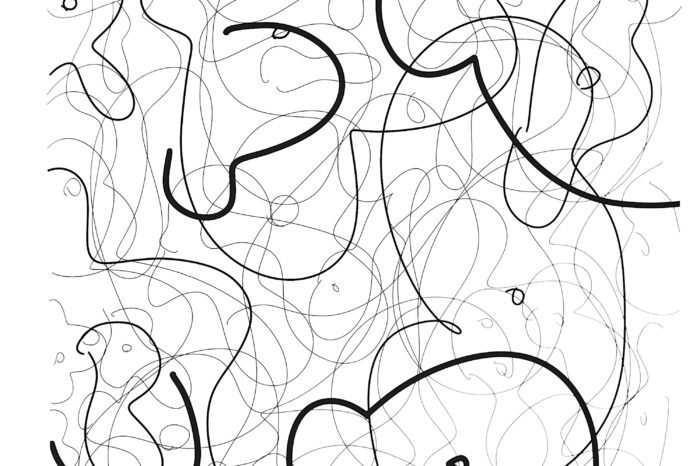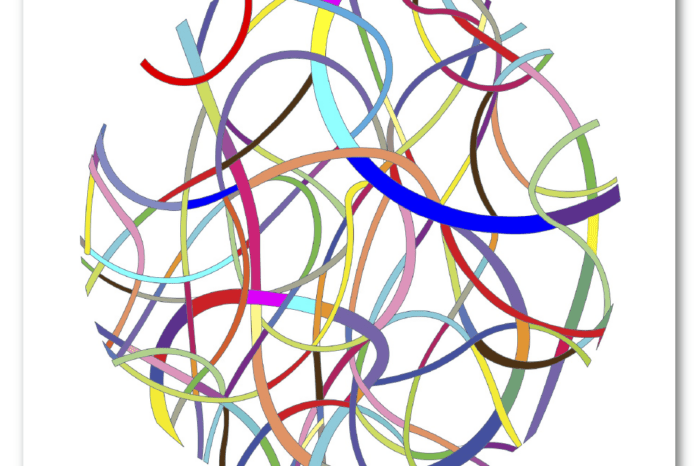Steve Bickley uses sculpture to reveal the creative adventures of form making. He was born in Lebanon, VA in 1953. Bickley received his BFA at East Carolina University in 1974 and his MFA at the University of Georgia two years later in 1978. His work can be found in The Smithsonian Institution, The Virginia Museum of Fine Arts, and VCU Children’s Hospital collections. He currently teaches at Virginia Tech where he shares his knowledge of artistic creativity with his students. His work is available by commission for public and private art collections.
Lives and works in Blacksburg, VA
Education
1978 MFA University of Georgia 1974 BFA East Carolina University
Select Collections
VCU Children’s Hospital
Capital One Financial Corporation,
Taubman Museum of Art
The Virginia Museum of Fine Arts
Behnish and Partners Architects of Stuttgart Germany The Smithsonian Institution
University of South Carolina
Mary Washington College
Virginia Tech
Sydney and Francis Lewis Collection
My recent works return to familiar metaphors of natural symbols that have been the focal point of my sculpture for over 25 years. This symbolic visual language provides an opportunity to synthesize diverse ideas, histories, theories, emotions and opinions into a creative unity. These abstract landscape compositions of natural forces such as earth, water, wind, and air provide the viewer both complicated and minimal interpretations.
The cloud shape is an important element in this visual and metaphorical vocabulary often presented in its minimal and most recognizable form. The use of stainless steel and its unique characteristics of light reflection and collection add additional environmental depth to a work. When the cloud is in its steel form it becomes more defined and is often the connecting point to the ground plane.
These works also reinforce and refresh the history of metal sculpture. Bridging the gap of the past and present, the works integrate the tradition of drawing with the latest of digital technology. The textures and color of the works create an additional visual depth for the viewer with a natural surface that is often in contrast to the mechanical formalism of their construction.
-
FIONA ROSS: ENTRANCE | STEVE BICKLEY: TERTIARY
OCTOBER 13 - NOVEMBER 6, 2023
